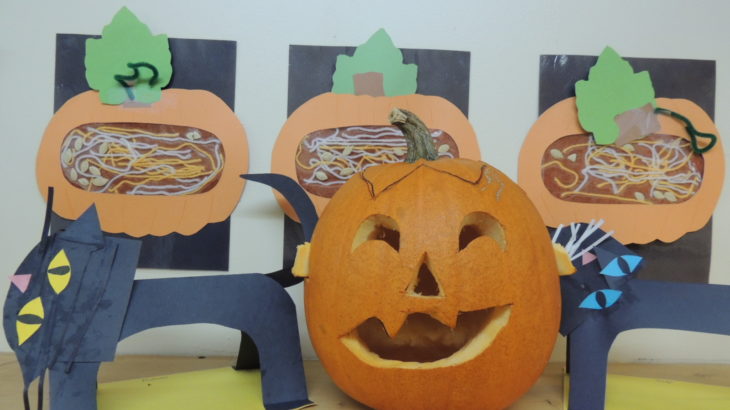The two terms, ‘art’ and ‘craft,’ are commonly used interchangeably to describe children’s activities. This creates confusion about the true nature of the genres; each is defined by differing characteristics:
Art is a creative activity produced by human imagination and expression, typically through visual and written forms: drawing, painting, sculpture, literature, music, dance. The works are created and inspired primarily for their beauty and their emotional power.
Craft is an activity involving skill and technique in making or duplicating something by hand: woodwork, pottery, textiles, knitting, jewelry. Their primary use is both practical and purposeful in daily living and education Continue reading


 Given paper and a few crayons, the young child finds satisfaction and joy in the creative process, expressing herself with an ease envied by the adult who does not considers themself an artist. For the adult, their work is directed to the end product and is often limited by self-imposed ideas about quality and perfection. The child, on the other hand, is focused only on the process, free from judgment.
Given paper and a few crayons, the young child finds satisfaction and joy in the creative process, expressing herself with an ease envied by the adult who does not considers themself an artist. For the adult, their work is directed to the end product and is often limited by self-imposed ideas about quality and perfection. The child, on the other hand, is focused only on the process, free from judgment.